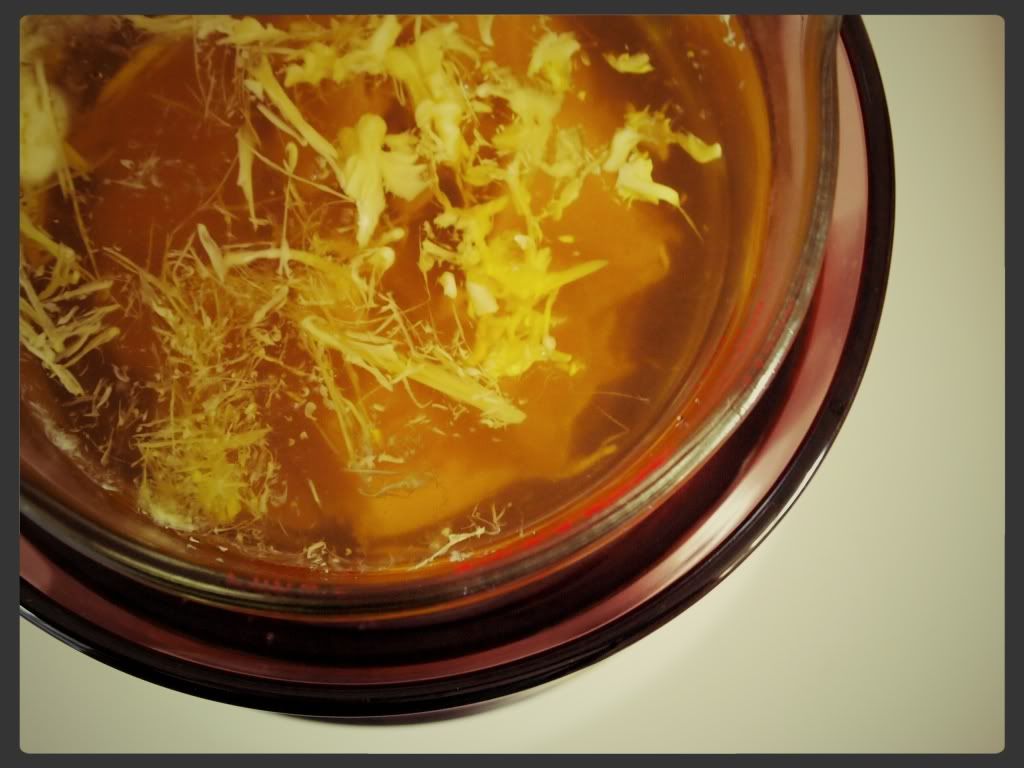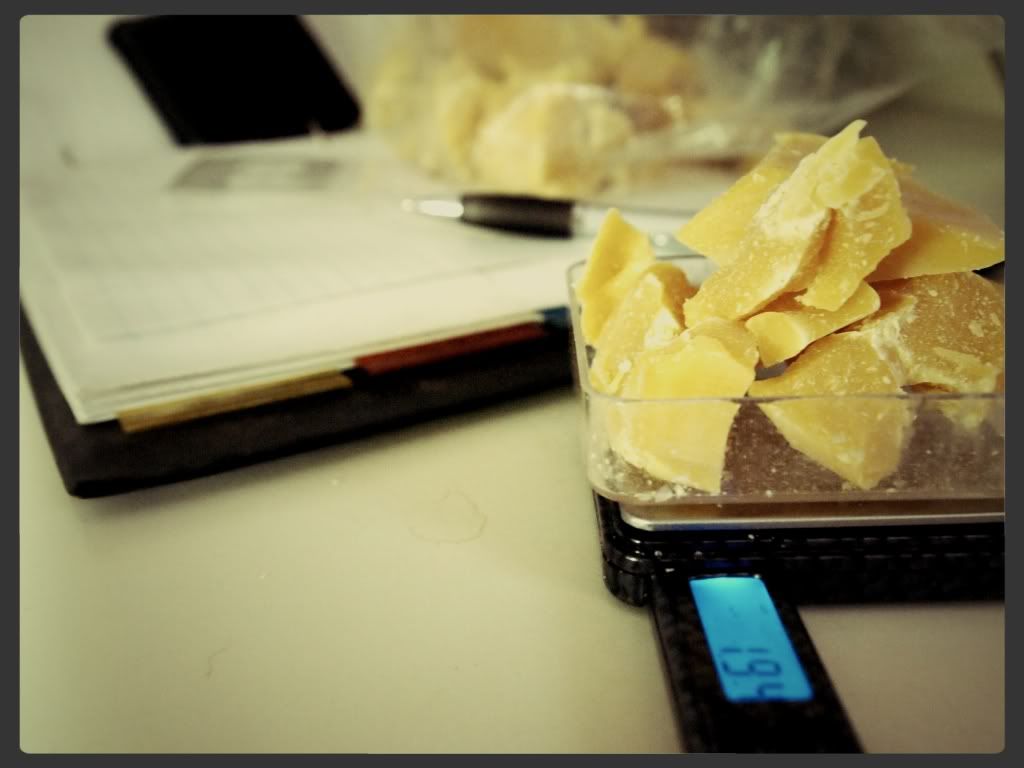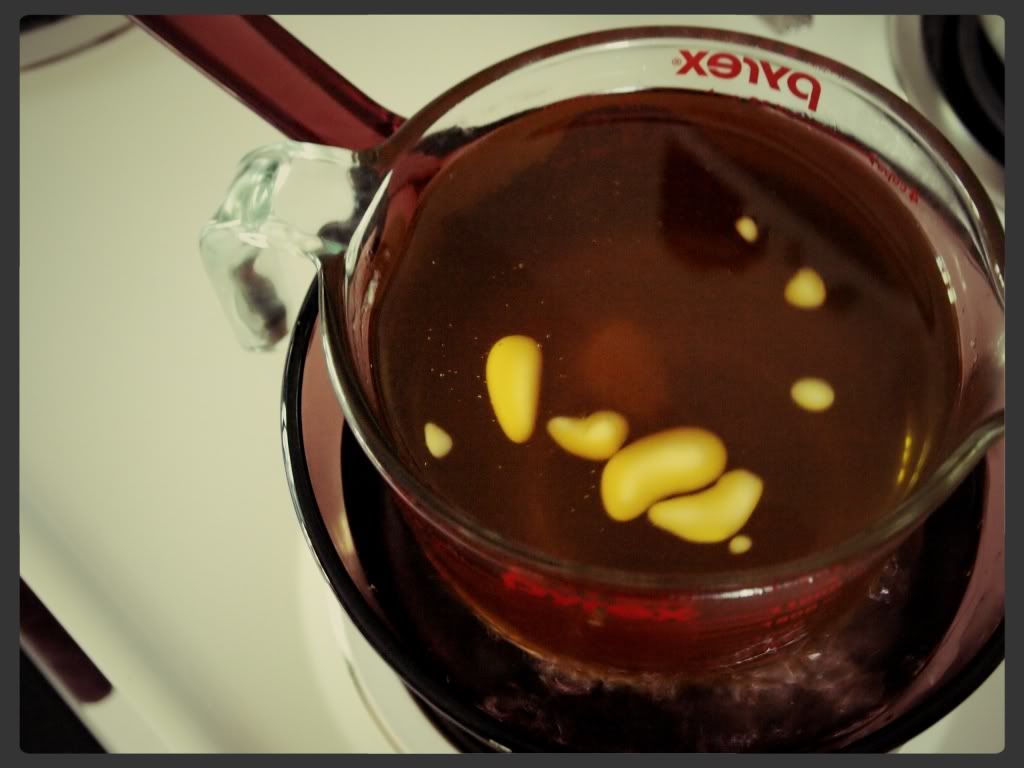Natural
salve and balm recipes can seem rather straight-forward, but
liquid-to-solid alchemy can play tricks on us. Some lessons are only
learned with time and wasted ingredients, so here I'll share with you my
successes and failures spanning my six years of salve making.
First,
lets start with the oil infusion. This is what you will use to make
your salve by adding beeswax and essential oils (more on that next
week). A good salve must start with a good oil infusion!
The Oil Infusion
Every salve recipe I have found recommends olive oil, which is readily
available and not a bad choice. But, there is so much more out there in
terms of skin-loving oils! To be honest, I hate olive oil salves.
They're greasy, they don't absorb well and my infused oils end up
smelling like something I'd throw on a salad. Not to deter
experimentation, but if you have one of the following oils available,
your skin will thank you:
- Coconut: It's becoming much
more widely available. Just get the cheap stuff, doesn't need to be
virgin/raw because you'll be heating it to make your salve anyway. I've
actually found it's more affordable than olive oil in most cases.
Coconut is my new favorite. It's totally non-greasy and odorless (or
light coconut smell if you get the less processed stuff). Coconut Oil is
solid at room temperature, so it's recommended that you use the
stovetop method for making your oil infusion (or use in combination with
another oil so that it stays in a liquid state while infusing)
- Sweet
Almond: It's not as widely used in cooking, so it can be a bit harder
to find. Also absorbs like magic and relatively odorless. Not an option
for those with nut allergies.
- Apricot Kernel: Very similar to Sweet Almond and generally well tolerated by allergy sufferers.
- Grapeseed
Oil: Great for sensitive skin and hair follicles. Slightly astringent,
this is a perfect choice for acne-prone skin. Absorbs well, slight nutty
odor.
- Jojoba: Also great, but should only make up about
10% of your blend. Its a bit thicker than the above oils and can
irritate some individual's skin when used full strength.
No
doubt there are other wonderful oils out there, but these are my
personal favorites and generally easy to find. If you can use just one
of these oils in combination with Olive, it will greatly improve the
consistency of your salve. Even just 25% of one of the above oils in
combination with olive will make a big difference. Otherwise, ratios are
up to you!
Once you have your oil choices figured out, you
need to decide on herbs. The possibilities are endless here, so don't
hesitate to scour some resources and get creative! Here's some commonly
used herbs:
- Calendula: Anti-microbial, soothes irritation. Powerful, yet gentle healer.
- Yarrow: Traditionally used to stop bleeding and heal all kinds of wounds and abrasions.
- Comfrey:
A powerful healer, but not recommended for open wounds. It can heal the
outer skin too quickly, trapping bacteria and potentially infection
underneath. Great for cuts and scrapes that have already scabbed over.
- Rose, Lavender and Chamomile: All wonderful skin soothers that impart a lovely scent to your salve.
- Gotu
Kola: This is my secret weapon. Does wonders for dry or infected skin.
Increases circulation and is even known to reduce varicose veins. Most
of all, this herb is invaluable for anyone with thin or aging skin. It's
known to help thicken and toughen delicate skin.
It's very
important that your herbs be thoroughly dried before making an oil
infusion. Salves and oils have a shelf life of 2-3 years if made and
stored properly, but any moisture added to the mix can cause an oil to
quickly go rancid. If you collect your herbs fresh you'll want to dry
them by using a dehydrator, low heat (150 degrees) oven, hang in bunches
or spread onto old window screens to let dry in the shade.
Oil Infusion Recipe:
When experimenting, there's no need to make a large batch of oil. Start with one cup, or even 1/2 cup:
You will need:
This is just a general guideline, the amount of herbs to oil is entirely up to you. Sometimes less is more!
Once
you have your herbs picked out, you'll want to grind them up as fine as
possible to aid in the extraction of the herb's healing properties. You
needn't go crazy here, but if you have a blender or coffee grinder on
hand this makes it super easy. Use the pulse setting on your blended to
chop everything up. I love the coffee grinder as it's easy to powder
roots if I need to. Alternatively, a mortar and pestle or your bare
hands work fine too.
Pack
your container half full of herbs and cover them in oil. Make sure your
herbs are immersed in oil. The more herbs you use, the less oil you'll
end up with (due to absorption). So, if you're looking for exactly 1 cup
of infused oil, add a little extra oil to the jar to compensate for
loss.
There's two ways to make an oil infusion:
1.
Solar: Find a clear glass jar large enough to hold your herbs and oil.
Mix well, cap tightly and set in the sun for 1-2 weeks. Shake at least
once a day.
2. Oven/Stovetop/Woodstove: If you're in a
less-than-sunny location, or if you're short on time you can still make a
great oil infusion! The oven is easiest. I set mine on 150-170 degrees,
put everything in a pyrex measuring cup and let it cook for 4-5 hours,
stirring occasionally. You can also cook over a double-boiler on the
stovetop, although this requires a lot more attention. Be careful not to
splash water into your oil infusion. Never put an oil infusion over
direct heat! You'll end up with deep-fried herbs and a nasty smelling
oil.
Check back next week for tips and instructions on turning that lovely new oil infusion into a silky-smooth salve!
*This information has not been evaluated by the FDA and does not replace the opinion of a doctor. This product is not
intended to diagnose, treat, cure, or prevent any disease.





















